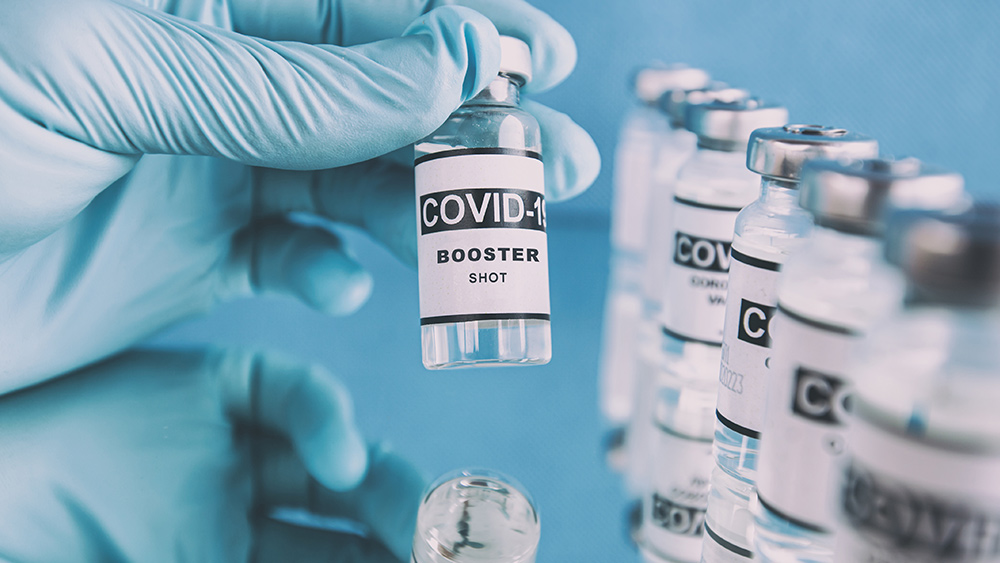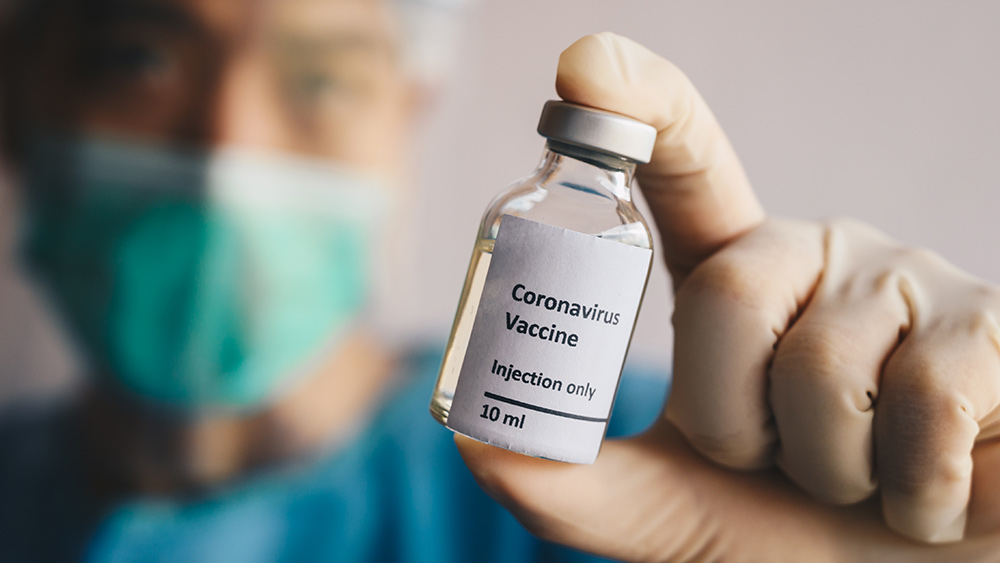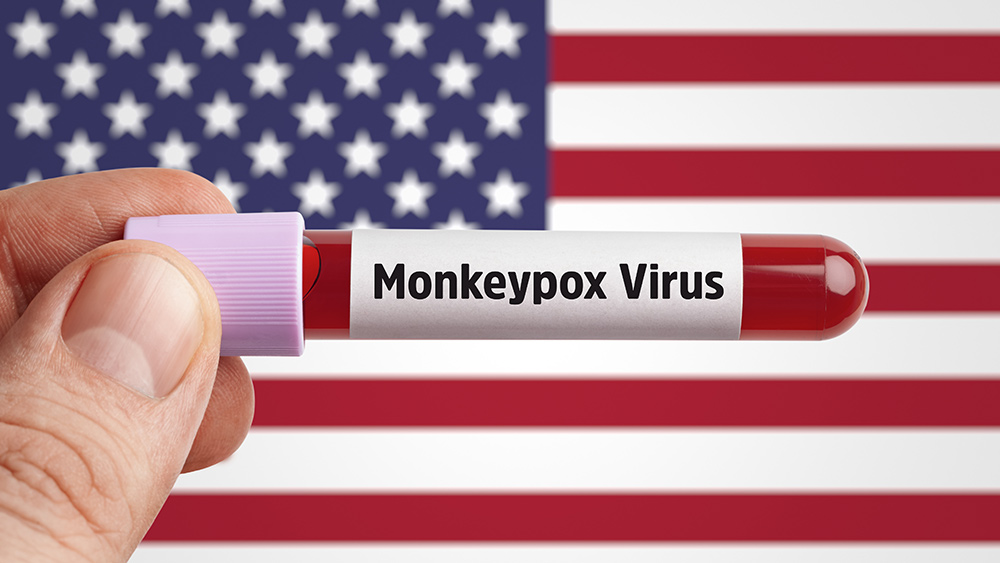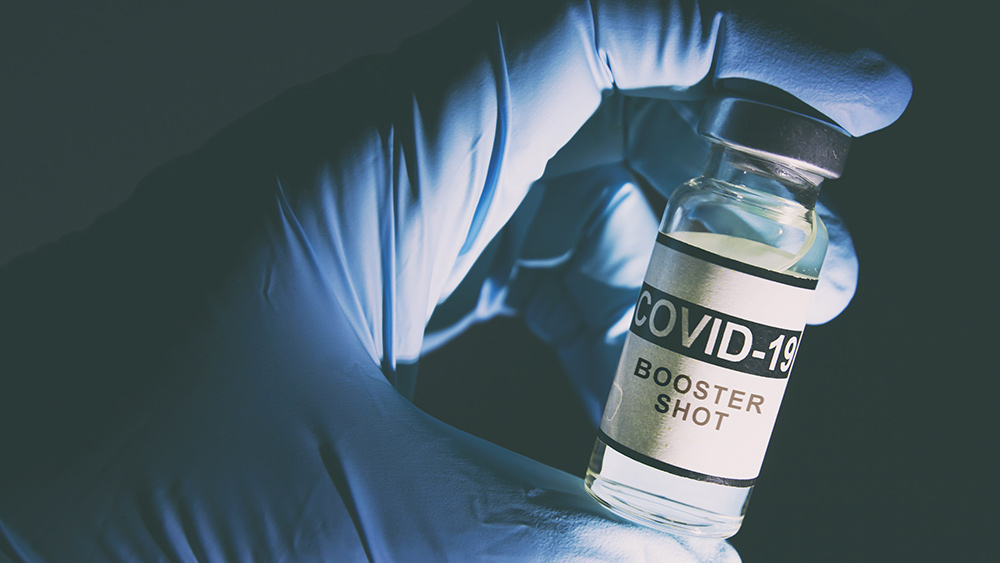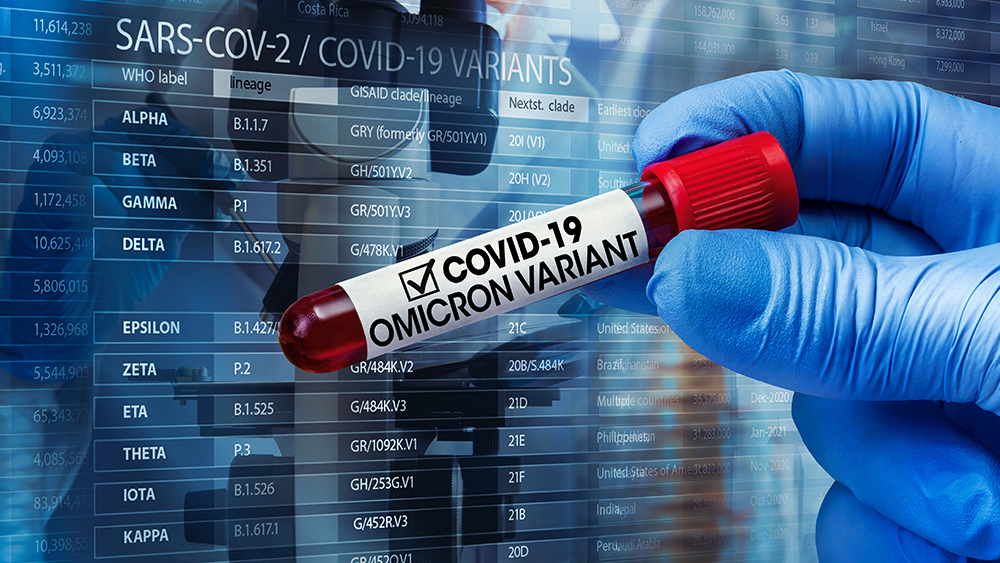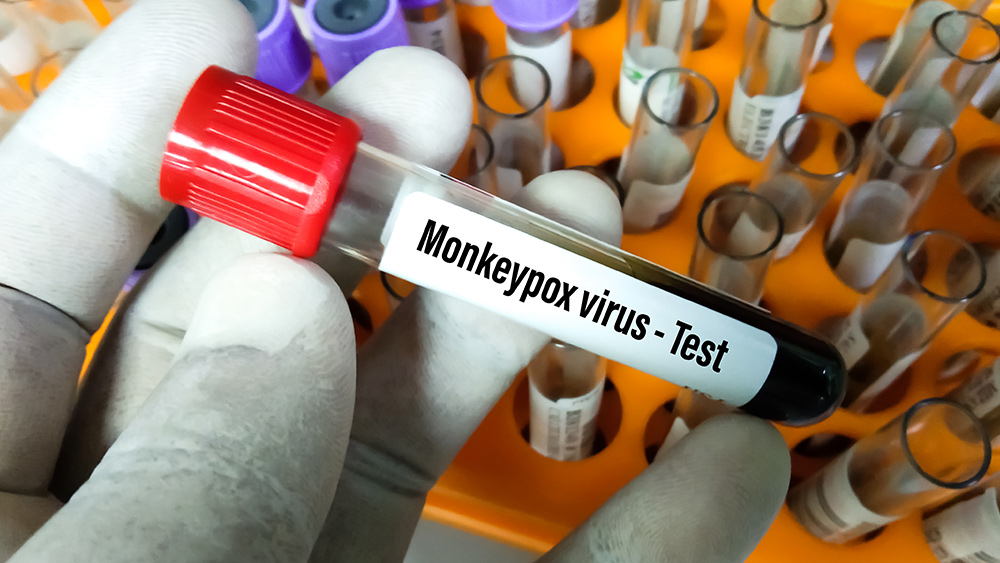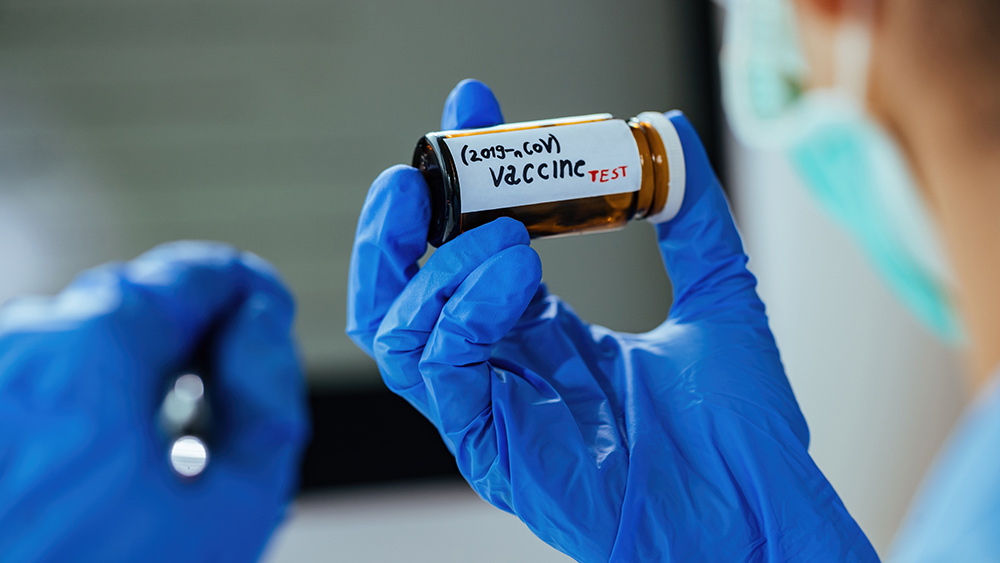Scientists identify 13 flavonoids from traditional Chinese medicine with powerful antidiabetic properties
07/01/2020 / By Evangelyn Rodriguez
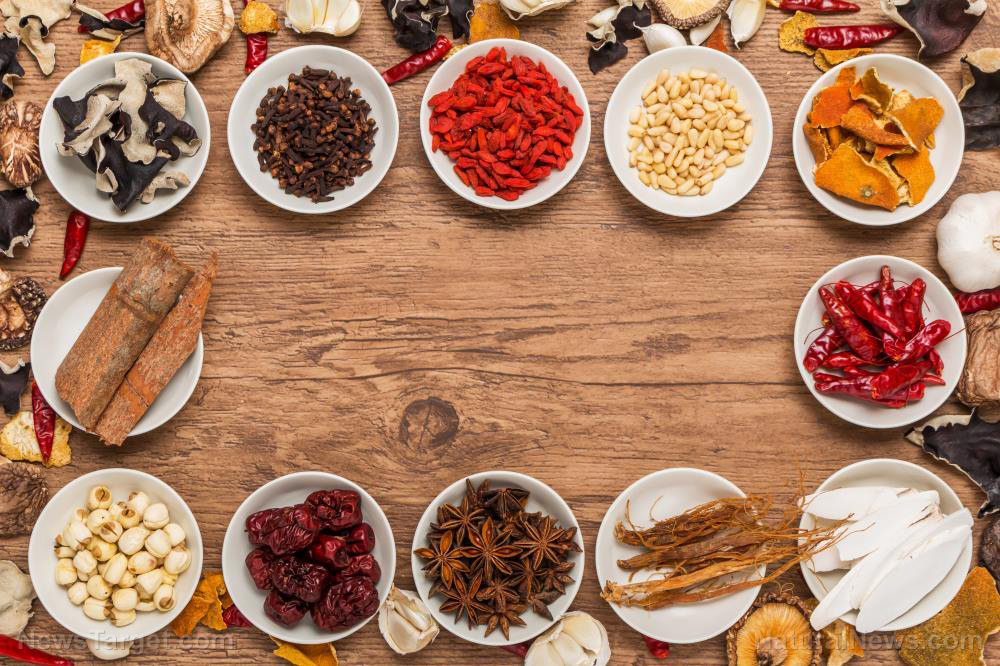
Diabetes mellitus is a group of metabolic disorders marked by chronically high blood sugar levels. High blood sugar is a condition that happens when the body is unable to produce enough insulin to meet its needs. Approximately four percent of people around the world suffer from diabetes.
The management of diabetes symptoms is important due the high risk of complications associated with long-term diabetes. Complications include disabling or life-threatening conditions, such as cardiovascular disease, permanent nerve damage, kidney damage, eye damage and even Alzheimer’s disease.
Modern treatments for diabetes often include oral or injectable blood sugar-lowering (hypoglycemic) medications. However, due to their toxicity and side effects, researchers have recently turned to natural products and traditional Chinese medicines (TCM) in search of new and safer alternative treatments.
In a recent study, Chinese researchers reviewed studies on TCM herbs, particularly their active components that exhibit anti-diabetic properties. They reported 13 flavonoids from TCM that can help reduce symptoms of diabetes.
The researchers discussed their findings in an article published in The American Journal of Chinese Medicine.
Active compounds from TCM with strong anti-diabetic activities
Flavonoids refer to a class of plant pigments that give fruits and vegetables their vibrant colors. With more than 6,000 types of flavonoids identified in plants, they are the largest and most widely distributed group of plant-derived nutrients. Studies have found that these compounds offer a wide variety of health benefits, not least of which is the ability to treat diabetes and diabetic complications.

For their study, the researchers searched different databases for studies on anti-diabetic flavonoids and identified 13 such compounds from TCM herbs. Here’s what studies say about these anti-diabetic plant nutrients. (Related: Mulberry: A tiny fruit with great anti-diabetes potential.)
- Apigenin — According to a study published in the Journal of Pharmacy and Pharmacology, apigenin can increase serum insulin and thyroid hormones and decrease blood glucose levels in diabetic animals. The compound also reduced serum cholesterol while increasing cellular antioxidant levels, which suggests a protective effect on the liver.
- Baicalein — In a study published in the Journal of Functional Foods, researchers found that baicalein can reduce insulin resistance and systemic inflammation in diabetic rats. Baicalein also decreased the animals’ blood sugar levels and improved their lipid profile.
- Catechin — Iranian researchers recently reported that catechin treatment for four weeks reversed the effects of streptozotocin, which included elevated levels of glucose, triglycerides and low-density lipoprotein (LDL) cholesterol, and decreased levels of serum antioxidants in diabetic rats.
- Hesperidin — According to a study published in the International Journal of Food and Nutritional Science, hesperidin improves blood glucose levels by attenuating oxidative stress and the production of pro-inflammatory molecules. Combined with insulin, hesperidin also reversed high blood glucose levels and even showed cardioprotective effects in diabetic rats.
- Glycyrrhiza flavonoids — In a recent study, researchers from Belgium and China found that flavonoids like isoliquiritigenin, licochalcone E and glabridin can effectively lower blood glucose levels and ameliorate hyperlipidemia and glucose tolerance in mice.
- Quercetin — A flavonoid known for its antioxidant properties, quercetin can not only improve kidney function, it can also stimulate cell glucose uptake, decreasing blood sugar levels while increasing high-density lipoprotein (HDL) or “good” cholesterol levels.
- Kaempferol — According to American researchers, oral kaempferol administration significantly improved hyperglycemia and reduced the incidence of overt diabetes in treated mice. Kaempferol also decreased glucose production in the liver and increased glucose utilization in the skeletal muscles of diabetic rats.
- Puerarin — Similarly, Chinese researchers found that puerarin can benefit people with diabetes by decreasing their blood glucose levels, improving their insulin resistance, protecting insulin-producing cells from damage, inhibiting inflammation and decreasing oxidative stress. Puerarin can also treat cardiomyopathy and prevent diabetic complications.
- Myricetin — According to a study published in The FASEB Journal, myricetin can help manage diabetes by increasing insulin sensitivity and preventing the death of pancreatic cells that produce insulin.
- Dihydromyricetin — In a recent study published in Diabetes, Metabolic Syndrome and Obesity: Targets and Therapy, researchers reported that this flavonoid can reduce fasting blood glucose, serum insulin, glycated hemoglobin levels and insulin resistance. Dihydromyricetin has also been found to improve diabetes-induced cognitive impairment.
Because of these findings, the researchers believe that the anti-diabetic effects of TCM-derived flavonoids should be further explored by future studies to confirm their potency in humans.
Sources include:
Submit a correction >>
Tagged Under:
alternative medicine, anti-diabetic, Chinese medicine, diabetes cure, diabetes science, disease treatment, flavonoids, herbal medicine, Herbs, natural cures, natural medicine, phytonutrients, research
This article may contain statements that reflect the opinion of the author



